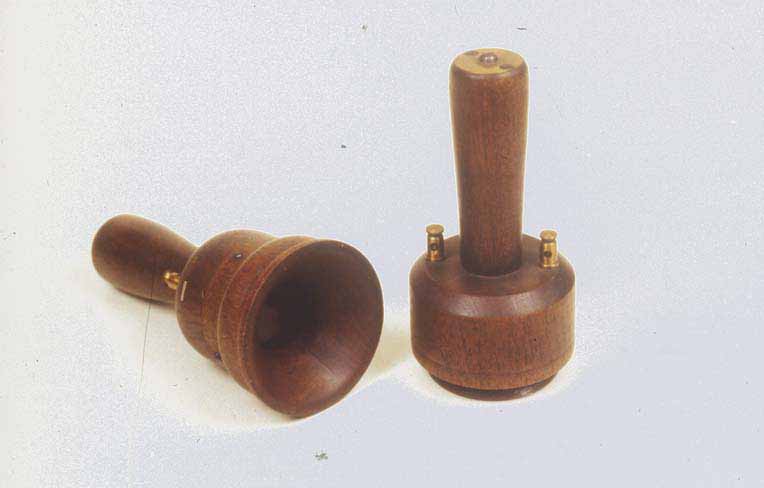
Invention of the telephone
The invention of the telephone was the culmination of work done by more than one individual, and led to an array of lawsuits relating to the patent claims of several individuals and numerous companies. Notable people including in this were Antonio Meucci, Elisha Gray and Alexander Graham Bell.
For broader coverage of this topic, see History of the telephone.Variable resistance transmitters[edit]
Water microphone – Elisha Gray[edit]
Elisha Gray recognized the lack of fidelity of the make-break transmitter of Reis and Bourseul and reasoned by analogy with the lover's telegraph, that if the current could be made to more closely model the movements of the diaphragm, rather than simply opening and closing the circuit, greater fidelity might be achieved. Gray filed a patent caveat with the US patent office on February 14, 1876, for a liquid microphone. The device used a metal needle or rod that was placed – just barely – into a liquid conductor, such as a water/acid mixture. In response to the diaphragm's vibrations, the needle dipped more or less into the liquid, varying the electrical resistance and thus the current passing through the device and on to the receiver. Gray did not convert his caveat into a patent application until after the caveat had expired and hence left the field open to Bell.
When Gray applied for a patent for the variable resistance telephone transmitter, the Patent Office determined "while Gray was undoubtedly the first to conceive of and disclose the (variable resistance) invention, as in his caveat of 14 February 1876, his failure to take any action amounting to completion until others had demonstrated the utility of the invention deprives him of the right to have it considered."[64]
Carbon microphone – Thomas Edison, Edward Hughes, Emile Berliner[edit]
The carbon microphone was independently developed around 1878 by David Edward Hughes in England and Emile Berliner and Thomas Edison in the US. Although Edison was awarded the first patent in mid-1877, Hughes had demonstrated his working device in front of many witnesses some years earlier, and most historians credit him with its invention.
Thomas Alva Edison took the next step in improving the telephone with his invention in 1878 of the carbon grain "transmitter" (microphone) that provided a strong voice signal on the transmitting circuit that made long-distance calls practical. Edison discovered that carbon grains, squeezed between two metal plates, had a variable electrical resistance that was related to the pressure. Thus, the grains could vary their resistance as the plates moved in response to sound waves, and reproduce sound with good fidelity, without the weak signals associated with electromagnetic transmitters.
The carbon microphone was further improved by Emile Berliner, Francis Blake, David E. Hughes, Henry Hunnings, and Anthony White. The carbon microphone remained standard in telephony until the 1980s, and is still being produced.